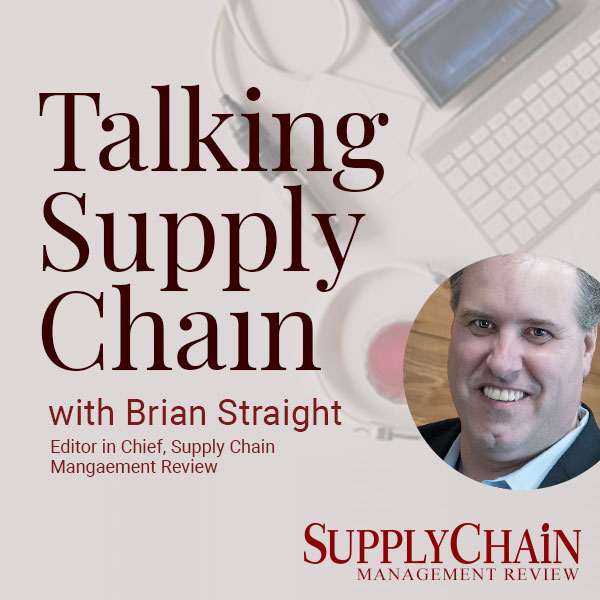Sorry, but your login has failed. Please recheck your login information and resubmit. If your subscription has expired, renew here.
March-April 2019
A few days ago, a colleague sent me “The Death of Supply Chain Management,” an article in the Harvard Business Review. If the title wasn’t enough to grab my attention, the last sentence in the first paragraph had me checking out job openings on LinkedIn: “Within five years to 10 years, the supply chain function may be obsolete, replaced by a smoothly running, selfregulating utility that ….. requires very little human attention.” Read more carefully, what the authors are really arguing is that as NextGen technologies find their place in our organizations, the role of the supply chain manager, including procurement managers, is going to… Browse this issue archive.Need Help? Contact customer service 847-559-7581 More options
After months of making her case, the chief procurement officer (CPO) of a major multinational walked out of the executive team meeting with a big win— approval for a customized manufacturing process to help speed a new product to market. Her procurement team not only identified the emerging technology, it developed an innovative partnership agreement with two suppliers to codevelop it.
It all began six months earlier, when a business unit leader invited the CPO to brainstorm with his team on how to get a new product to market rapidly. The CPO knew two suppliers, one of which was breaking ground on an innovative production process for rapid prototyping and another using advanced analytics to accelerate design. She proposed co-developing a customized manufacturing solution with the two suppliers. Procurement would orchestrate an agile team to test the process and, if successful, make the case for investing in the new technique. The business unit leader was thrilled.
Leaving the meeting, the CPO mused that five years before, she wouldn’t have even known about the suppliers’ innovations—or dared to propose that her team help develop a customized manufacturing solution. Most of procurement’s time back then was spent on tactical activities and buying products that the business units ordered. The rapid emergence of shared data platforms and emerging technologies created an opportunity for procurement to speed innovation.

This complete article is available to subscribers only.
Log in now for full access or start your PLUS+ subscription for instant access.
SC
MR
Sorry, but your login has failed. Please recheck your login information and resubmit. If your subscription has expired, renew here.
March-April 2019
A few days ago, a colleague sent me “The Death of Supply Chain Management,” an article in the Harvard Business Review. If the title wasn’t enough to grab my attention, the last sentence in the first paragraph… Browse this issue archive. Access your online digital edition. Download a PDF file of the March-April 2019 issue.After months of making her case, the chief procurement officer (CPO) of a major multinational walked out of the executive team meeting with a big win— approval for a customized manufacturing process to help speed a new product to market. Her procurement team not only identified the emerging technology, it developed an innovative partnership agreement with two suppliers to codevelop it.
It all began six months earlier, when a business unit leader invited the CPO to brainstorm with his team on how to get a new product to market rapidly. The CPO knew two suppliers, one of which was breaking ground on an innovative production process for rapid prototyping and another using advanced analytics to accelerate design. She proposed co-developing a customized manufacturing solution with the two suppliers. Procurement would orchestrate an agile team to test the process and, if successful, make the case for investing in the new technique. The business unit leader was thrilled.
Leaving the meeting, the CPO mused that five years before, she wouldn't have even known about the suppliers' innovations—or dared to propose that her team help develop a customized manufacturing solution. Most of procurement's time back then was spent on tactical activities and buying products that the business units ordered. The rapid emergence of shared data platforms and emerging technologies created an opportunity for procurement to speed innovation.
SC
MR


Latest Supply Chain News
- How S&OP provides the answer to in-demand products
- AI, virtual reality is bringing experiential learning into the modern age
- Humanoid robots’ place in an intralogistics smart robot strategy
- Tips for CIOs to overcome technology talent acquisition troubles
- There is still work to do to achieve supply chain stability
- More News
Latest Podcast

 Explore
Explore
Software & Technology News
- AI, virtual reality is bringing experiential learning into the modern age
- Humanoid robots’ place in an intralogistics smart robot strategy
- Tips for CIOs to overcome technology talent acquisition troubles
- Game on: Rethinking change management for the digital era
- Predicting stockouts: Enhancing FMCG resilience through data-driven insights
- Top Performers Investing in, Benefitting from AI
- More Software & Technology
Latest Software & Technology Resources

Subscribe

Supply Chain Management Review delivers the best industry content.

Editors’ Picks






